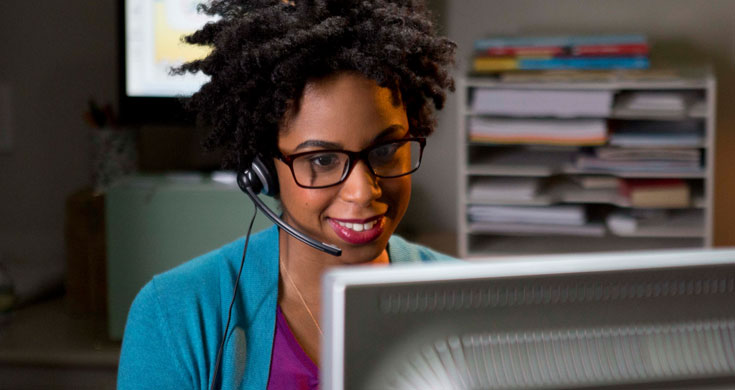Everyone harbors a classroom memory of getting an assignment returned covered in angry-looking red-ink corrections from the teacher—but thanks to innovations in both psychology and technology, today’s students might be spared this experience. In many schools, video commentary is beginning to replace the red-ink pen, and students are responding with higher comprehension, more motivation, and better grades.
The Power of Video
Technology has already improved the lives of students in countless ways. Thanks to home computers, today’s students have a virtual library at their fingertips, so there’s no longer any need to get on a waiting list for the school library’s resource materials. Likewise, homework can be turned in from anywhere, while assignments and student/teacher communications can be sent to any location with a click of the mouse.
Within the classroom, high-definition and virtual reality videos can digitally transport students around the globe, making lessons more realistic and entertaining. And now, teachers are finding that, via video, verbal communication can be more powerful and effective than written communication.
For some, it may seem somewhat ironic that technology is being used to make student–teacher interaction more personalized, but that’s exactly how video feedback is revolutionizing the teacher assessment experience. Studies show that video, as an educational tool, has virtually unlimited communicative powers that are just beginning to be tapped.
How Video Is Making an Impact
According to a major study published by the Australasian Journal of Technology, video-based feedback, when utilized in student assessment, greatly enhances the communicative process by making it more personalized and positive. And, as a result, students are responding with a significantly higher level of understanding and motivation.
Of course, in order for video to be effective, it needs to be implemented in the right way—and that’s just what teachers are learning to do. In an 2018 article for the English Journal, English teacher David Narter related how he discovered the power of video when one of his students asked for extra help with an assignment she had turned in. Narter began by reading his original written comments out loud—and at once, the student understood everything he had been trying to say.
At that point, he decided to try an experiment: Instead of writing feedback, he would create a video featuring a spoken assessment for each student’s assignment. He found that, not only did it take less time than writing comments, it also proved much more effective. By using personalized, verbal communication via five-minute video presentations for each assignment, Narter discovered that his students responded with much greater comprehension and motivation.
By turning comments into conversation, these video assessments helped him to not only tailor his comments to each individual student, but also offer praise and encouragement as well. Students responded by feeling more motivated and better valued—and interestingly, they also understood the comments much better when they were delivered verbally rather than written down.
According to psychologists, these results are indicative of how personalized verbal communication can make a teacher seem much more accessible and supportive. With verbal communication (which includes facial expression and demeanor as well as speech), teachers can approach a student in a casual, non-threatening way that’s more personal and encouraging.
In recent years, teachers have begun to use video not only for assessment but also as a tool for students to use in introducing and discussing their assignments. This makes the work more interesting to students, and also allows them to put more of their own personalities into their projects.
While technology does not replace the power of personal, human communication, modern innovations are proving that it can certainly be utilized to enhance it. In today’s classrooms, video is rapidly becoming an everyday teaching tool—and students and teachers alike are enjoying the benefits.
As students become more comfortable with technology, and studies show the benefits of teaching with technology, online learning is becoming more effective and mainstream. If you’d like more information on how online learning works, visit k12.com and search for schools in your state.






















































































































